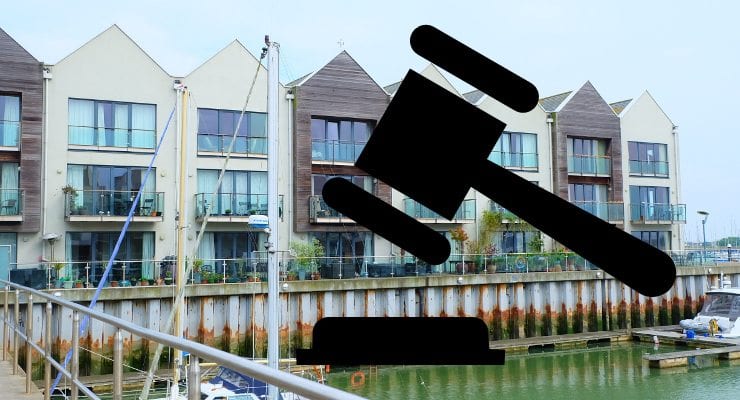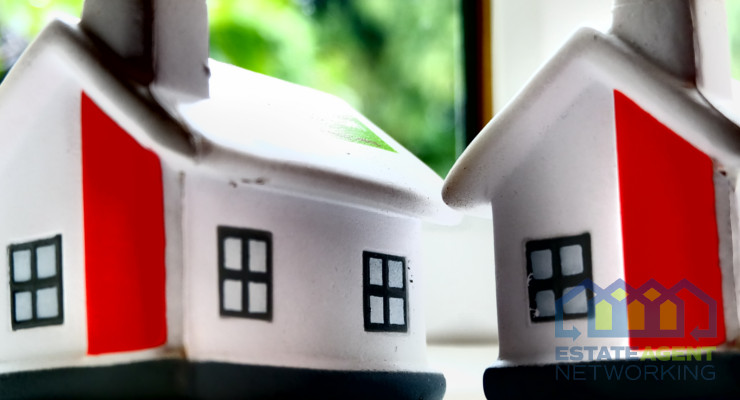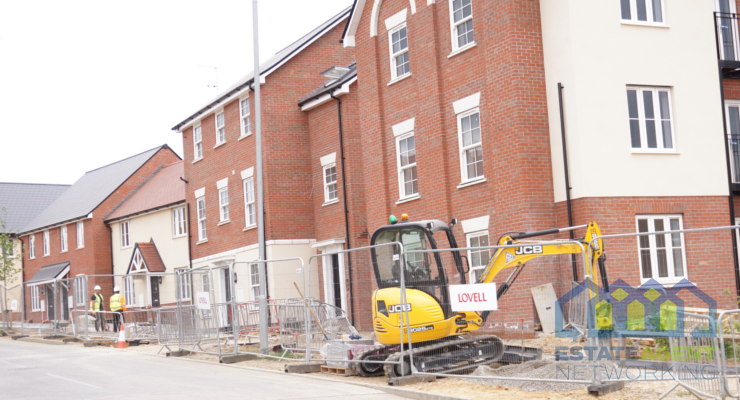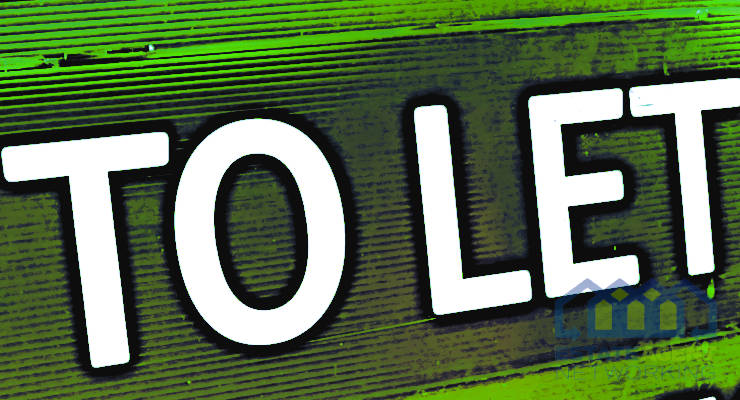How to make your Rental Property Safer for Tenants
It is essential, both for you and your tenants, that your rental property is safe and meets all the legal requirements demanded of landlords.
Landlords have a responsibility to ensure that their properties provide a safe environment, to a reasonable standard, for their tenants. This is called a common law duty of care. Under section 11 of the Landlord and Tenant Act 1985 landlords are responsible for a property’s structure and any necessary repair work that needs to be undertaken and to ensure that the installations for the supply of electricity, gas, water, sanitation and heating are kept in good working order.
This means that there are essential responsibilities concerned with renting out a property, whether furnished or unfurnished, to provide accommodation which is safe from health hazards with regard to electricity, gas and water and that there are suitable precautions in place to ensure safety from fire. In addition, you must provide an Energy Performance Certificate (EPC) to show how energy efficient your property is. From April 2018 landlords had to meet a minimum rating of E on the EPC.
Electrical Safety
You must ensure that the whole of your electrical system is safe and has adequate residual current device protection. It should be checked by an accredited electrician every 5 years, with interim checks to ensure it is maintained to a safe standard, and also checked between tenancies. Any appliances you provide also need to be safe and have the CE marking which shows that it complies with European law. In addition, if you are in doubt about the safety of any portable electrical items you provide you should get portable appliance testing done on them.
Gas Safety
Your gas supply must be installed and maintained by a Gas Safe registered engineer, and a similarly qualified engineer should do an annual check on your appliances and flues. The engineer will provide a safety check record, a copy of which you must give to the tenant within 28 days of the inspection. You should have a carbon monoxide alarm installed which complies with British Standard EN 50291 as recommended by the Health and Safety Executive.
Fire Safety
There are a number of different aspects to ensuring that your property and tenants are as safe as possible from fire hazards. The various regulations are set out in the relevant Acts, and you should acquaint yourself with the provisions enshrined in the Acts in order to make sure you comply with the law. These provisions include ensuring escape routes from the property in the event of a fire and ensuring that the fabric of the property will not aid the spread of fire. Furnishings should be fire retardant, and smoke and carbon monoxide alarms should be provided.
Water Safety
You will be required to provide hot and cold water, and to assess the risk of exposure to the Legionella bacteria. Most landlords can assess the risk for themselves, ensuring that the conditions for the bacteria to thrive are not present. Precautions such as keeping the hot water hot and cold water cold, making sure that the water is not stagnating in the system, and that there is no debris entering the system and no redundant pipework all help with this. In addition, the drains have to be in full working order.
Safety from tripping and slipping
You have to ensure that you do not become liable for your tenants slipping or tripping due to surfaces in your property or you may incur a personal liability claim. Carpets have to be securely fixed, in particular, any carpet on the stairs should be checked to make sure it is safe and secure. Stairs are a particular hot spot for injuries, and it is essential that stairs are well lit and there are no faulty or missing bannisters. You should ensure that there aren’t uneven surfaces on patios or steps which could become hazardous. For internal and external painted floor areas, concrete, stone or wood, anti-slip paint provides a more secure surface and indicates that you are mindful for the well being of your tenants. This slip-resistant paint is a blend of resins which result in a fine textured finish with the advantage of increased surface resistance.
You should be aware that there is government introduced guidance in the form of a Housing Health and Safety Rating System (HHSRS), which is a risk-based assessment tool comprising 29 hazards and is used by environmental health officers in order to comply with Section 9 of the Housing Act 2004. As a landlord, you can also use this assessment tool as a handy evaluation checklist for your rental property to ensure that you have done all you can to fulfil your safety obligations to your tenants.









